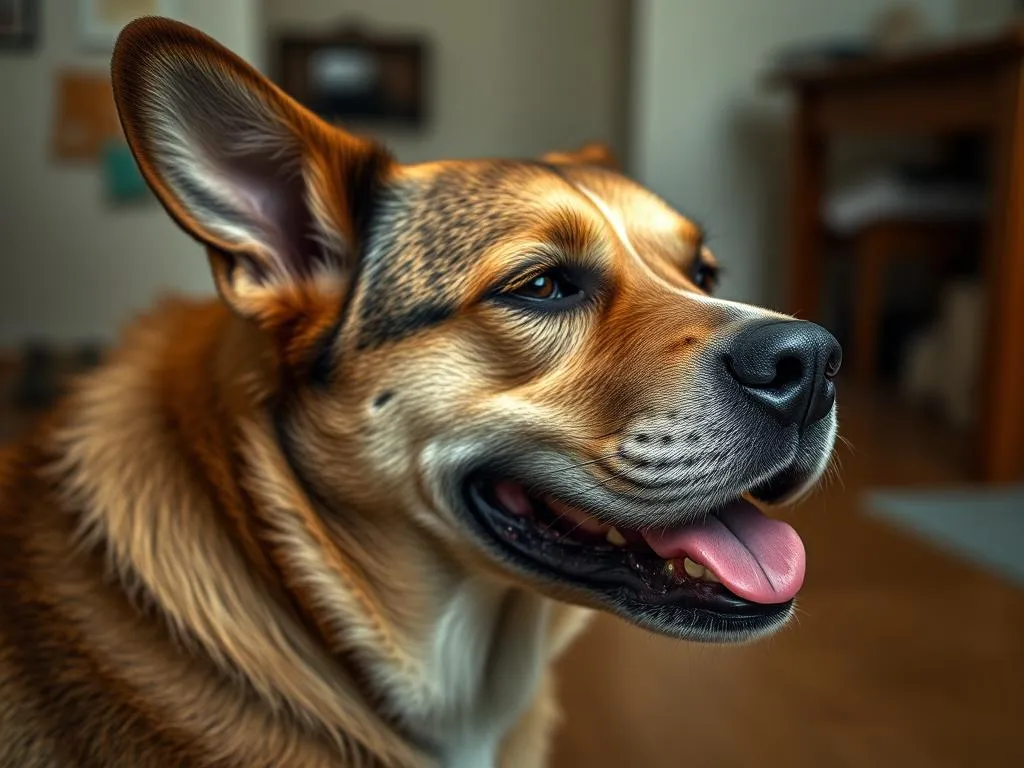
Imagine this: you’re cuddled up on the couch with your boyfriend, enjoying a quiet evening, when your dog suddenly jumps off the couch and retreats to another room, casting suspicious glances back at your partner. It’s a familiar scenario for many pet owners who find themselves caught in the middle of a budding romance and a furry friend who just doesn’t seem to approve.
Pets, especially dogs, have an uncanny ability to sense emotions and pick up on environmental cues. Their reactions can often be surprising, sometimes even perplexing. When it comes to our partners, their acceptance (or rejection) can weigh heavily on our hearts and minds. So, what does it mean when my dog doesn’t like my boyfriend? Let’s explore the reasons behind this behavior and ways to address it effectively.
Understanding Dog Behavior
Canine Instincts
Dogs are instinctual creatures guided by their ancestral pack dynamics. In the wild, dogs rely on their pack for survival, and any new addition can disrupt the established order. When a new partner enters your dog’s environment, they may perceive this individual as a potential threat or intruder. Understanding that dogs view their human families as packs is critical in deciphering their behavior towards newcomers.
Signs of Discontent
Recognizing signs of discomfort in dogs is essential. Common indicators include growling, barking, tail tucking, or avoiding eye contact. It’s crucial to differentiate between normal curiosity and signs of distress. If your dog is consistently showing these signs around your boyfriend, it may be time to assess the situation further.
Reasons Why Your Dog Might Dislike Your Boyfriend
Changes in Routine
One of the most significant factors that can affect your dog’s feelings is changes in routine. New relationships often come with shifts in daily activities, leading to disruptions in your pet’s familiar schedule. Dogs thrive on consistency, and even subtle changes can lead to feelings of jealousy or insecurity, especially if they perceive a reduction in your attention.
Scent and Familiarity
Scent plays a pivotal role in a dog’s world. Dogs have an exceptional sense of smell, far superior to humans. When your boyfriend visits, he introduces unfamiliar scents into your home, which can trigger a defensive response in your dog. They may not recognize these new smells as friendly, leading to wariness or outright dislike.
Past Experiences
A dog’s past experiences can significantly shape their perceptions of new people. If your dog has had negative encounters with men or strangers in the past, they might project those feelings onto your boyfriend. Trauma can create lasting impressions, making it difficult for some dogs to trust new individuals.
Energy Mismatch
Dogs are incredibly intuitive and can pick up on human emotions. The energy your boyfriend exudes—whether it’s anxious, excitable, or calm—can clash with your dog’s temperament. If your boyfriend tends to be overly energetic or loud, it might overwhelm your dog, leading to discomfort. Understanding this energy mismatch is crucial in navigating their relationship.
Assessing the Relationship
Observing Interactions
Monitoring interactions between your dog and boyfriend is an essential step in understanding the dynamics at play. Take note of how your dog behaves around him. Does your dog approach him with curiosity or retreat in fear? Look for key behaviors that indicate comfort, such as wagging tails or relaxed body language, versus signs of discomfort like stiff postures or growling.
Gathering Insights from Friends and Family
Sometimes, it’s helpful to seek insights from friends and family who may have observed the interactions from a different perspective. They can provide valuable feedback about the dynamic and may see things that you might overlook. Their observations can help you assess whether your dog’s behaviors are a passing phase or a more significant concern.
Strategies to Improve the Relationship
Gradual Introductions
To foster a better relationship between your dog and boyfriend, gradual introductions are key. Start with short, controlled meetings in a neutral space. Allow your dog to approach your boyfriend at their own pace. This method helps to ease any anxiety and allows both parties to get comfortable with one another.
Positive Reinforcement
Utilizing positive reinforcement techniques can create positive associations for your dog. When your boyfriend is around, reward your dog with treats and praise for calm behavior. Establishing a reward system can help your dog associate your boyfriend with positive experiences, gradually changing their perception.
Training Sessions
Involving your boyfriend in training sessions can also be beneficial. This not only helps the dog learn commands but also fosters a bond between the two. Simple training exercises, such as teaching your dog to sit or stay, can create a sense of teamwork and mutual understanding.
Creating a Safe Space
Ensuring that your dog feels secure during interactions is vital. Establish a safe space where your dog can retreat if they feel overwhelmed. This could be a designated area with their bed or favorite toys. Having a comfort zone allows your dog to feel in control and reduces stress during introductions.
When to Seek Professional Help
Signs of Serious Behavioral Issues
If your dog’s dislike for your boyfriend escalates to aggressive behaviors or severe anxiety, it may indicate deeper behavioral issues. Signs such as excessive barking, lunging, or biting require immediate attention. It’s essential to take these indicators seriously to prevent any potential harm.
Consulting with a Dog Trainer or Behaviorist
Seeking professional help can provide valuable insights and strategies tailored to your situation. A dog trainer or behaviorist can assess the dynamics between your dog and boyfriend, offering targeted advice to bridge the gap. Expect personalized recommendations and techniques to improve the relationship.
Conclusion
Navigating the complexities of a dog’s dislike for a new partner can be challenging, but understanding the reasons behind their behavior is the first step toward resolution. From recognizing the impact of changes in routine to employing gradual introductions and positive reinforcement, numerous strategies can foster harmony in your household.
Patience and understanding are crucial in this journey. By investing time and effort into improving the relationship between your boyfriend and your dog, you can create a loving environment for everyone involved. Embrace the process, and don’t hesitate to reach out for help if needed. Remember, a happy dog contributes to a happy home!









